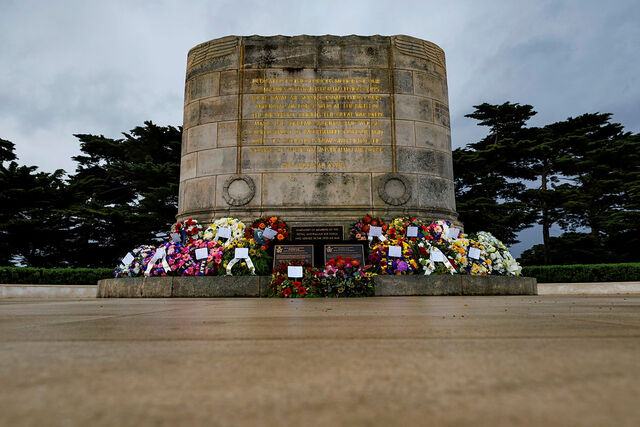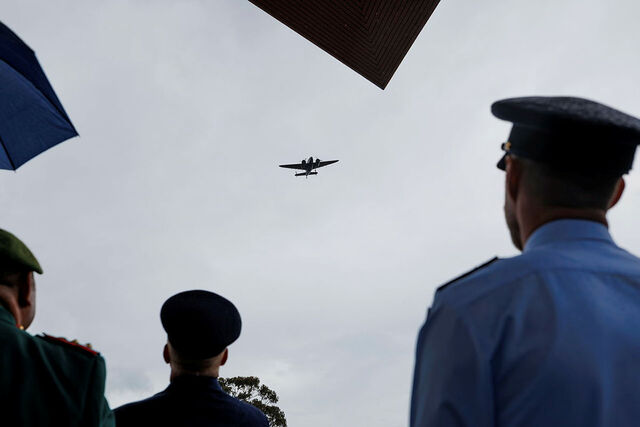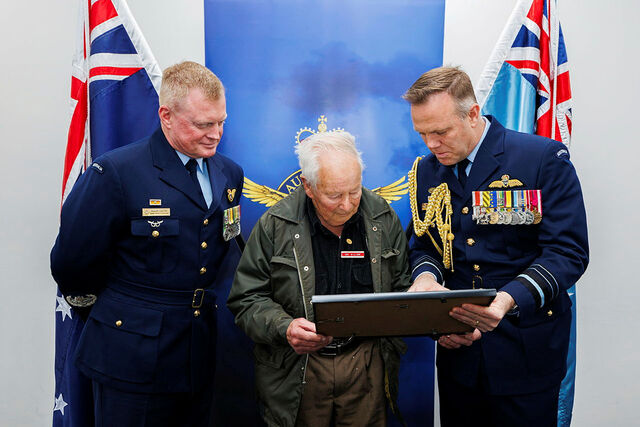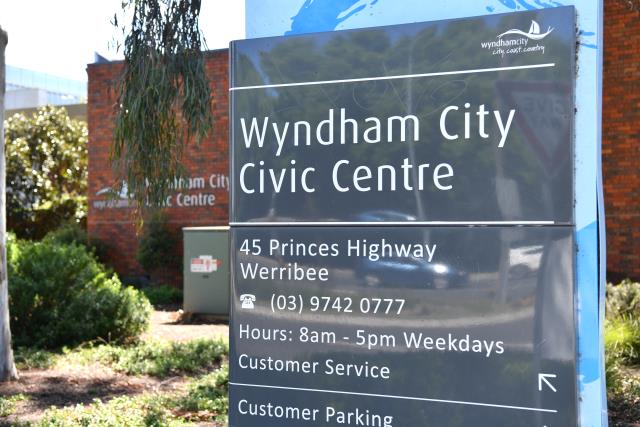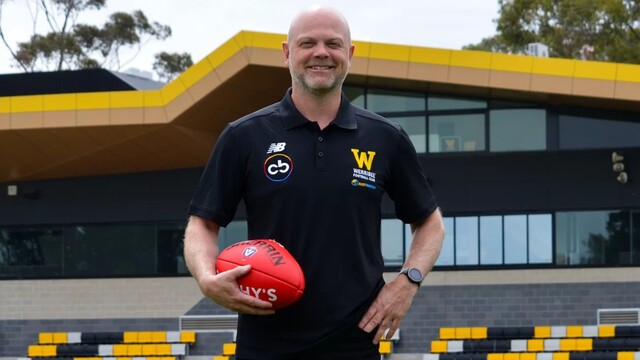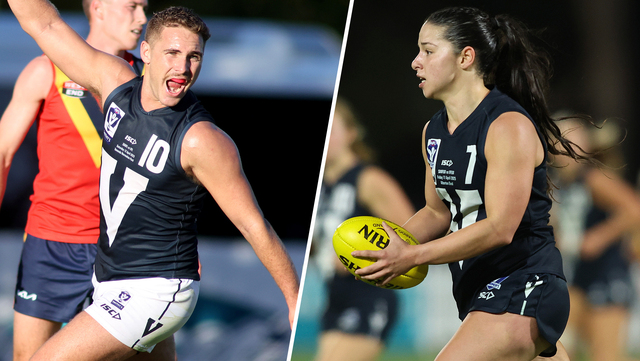Eight diggers were honoured more than 80 years after losing their lives in a memorial service held at RAAF Point Cook on Saturday, October 5.
Among the honoured were Flight Lieutenant Roy Herbert Woollacott, 33, Flight Sergeant William Theodore Pedler, 21, Flight Sergeant James Albert Sugg, 24, Flight Sergeant Harley Joseph Williams, 20, who were aboard Beaufort A9-374.
Beauforts A9-186 and A9-374 were found nearly 80 and 81 years respectively after they went missing during an attack on the Japanese forces located at Gasmata on the island of New Britain in Papua New Guinea.
RAAF No. 100 Squadron Beaufort Bomber A9-374 was first reported missing in 1943 when it failed to return from a wartime mission.
The identification of the aircraft required the enlisting of specialist divers and maritime archaeologists, of whom had to work through layers of sediment and marine growth to make Chief of Air Force, Air Marshal Stephen Chappell thanked all who contributed to the recovery efforts.
“I offer my heartfelt thanks to all involved in this significant mission; it is especially comforting for the families of the four aviators lost with their aircraft to know at last what happened to their loved ones, and to learn their final resting place.”
The wreckage of Beaufort A9-186 was located in 2020 southwest of Gasmata airfield, East New Britain, Papua New Guinea. Investigations in February 2022 formally identified the aircraft.
The wreckage of Beaufort A9-374 was located in early 2023 laying in 16 metres of water, 2.9 kilometres west of Gasmata airfield. Investigations conducted in January 2024 confirmed the aircraft’s identity.
The missions that positively identified the wrecks as Beauforts A9-186 and A9-374 were sponsored by Dr Andrew Forrest from Fortescue Metals Group and the Mindaroo Foundation, receiving support from all levels of the PNG government.
The discovery was the second made by Dr Forrest and the Ocean Ecology team in an ongoing search for Dr Forrest’s uncle, Flying Officer David Forrest, who was lost near Gasmata while piloting a similar RAAF Beaufort Bomber.

